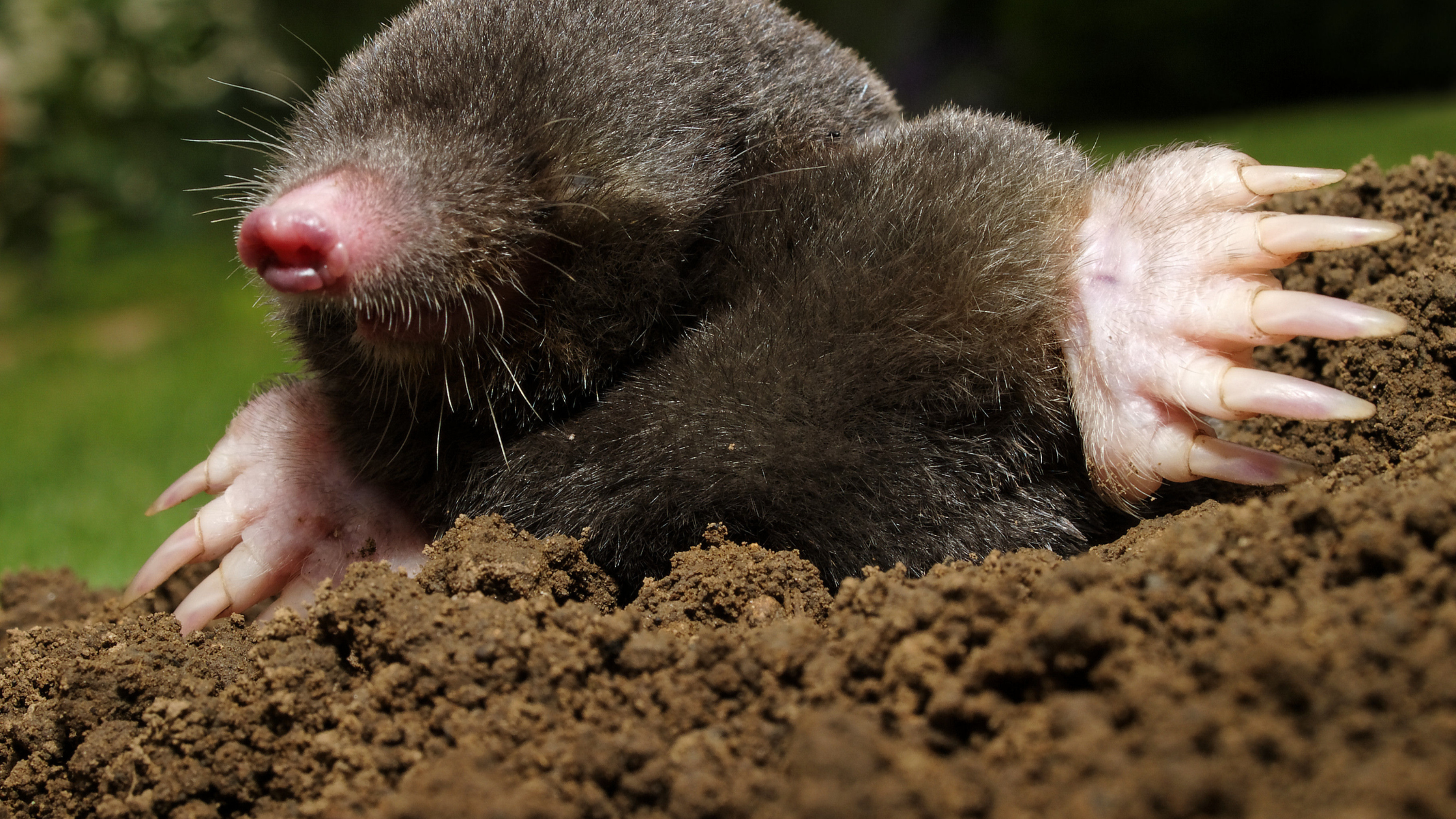With spring comes melting snow and all-too-often fresh signs of mole activity in your yard.
Why am I Seeing Moles?
The main reason you see mole tracks in the spring is because the top part of the soil thaws much faster providing better mobility closer to the surface to find a food source. During the summer months, the entire soil profile is softer and the moles are able to move farther below the surface of the turf. Normally, mole tracks are easily fixed by simply tamping the tunnels down and lightly raking them out. In really bad cases, a little bit of seeding may need to be done.
What About Moles and Grubs?
There is one common misconception we hear frequently when it comes to mole activity. While moles do eat grubs, their main source of food is actually earthworms. So, while you may be seeing a good amount of mole tracks in your yard, it does not mean that they are targeting grubs. Do not jump to the conclusion that you have a grub infestation. If you have an outbreak of grubs, the turf will pull up like a rug and will require a curative treatment. Most likely you will have another predator seeking those grubs as a food source like skunks, turkeys, and crows which are causing more noticeable damage.
If you would rather eradicate them than fix the turf, there are a few options out there for dealing with moles. If you live in the woods and are willing to be patient, you can sit back and wait for some wildlife to help out. Foxes, coyotes, and owls all will feed on moles if given the opportunity. If that is not your style, there are baits and traps available online or at your local hardware store that can help.
